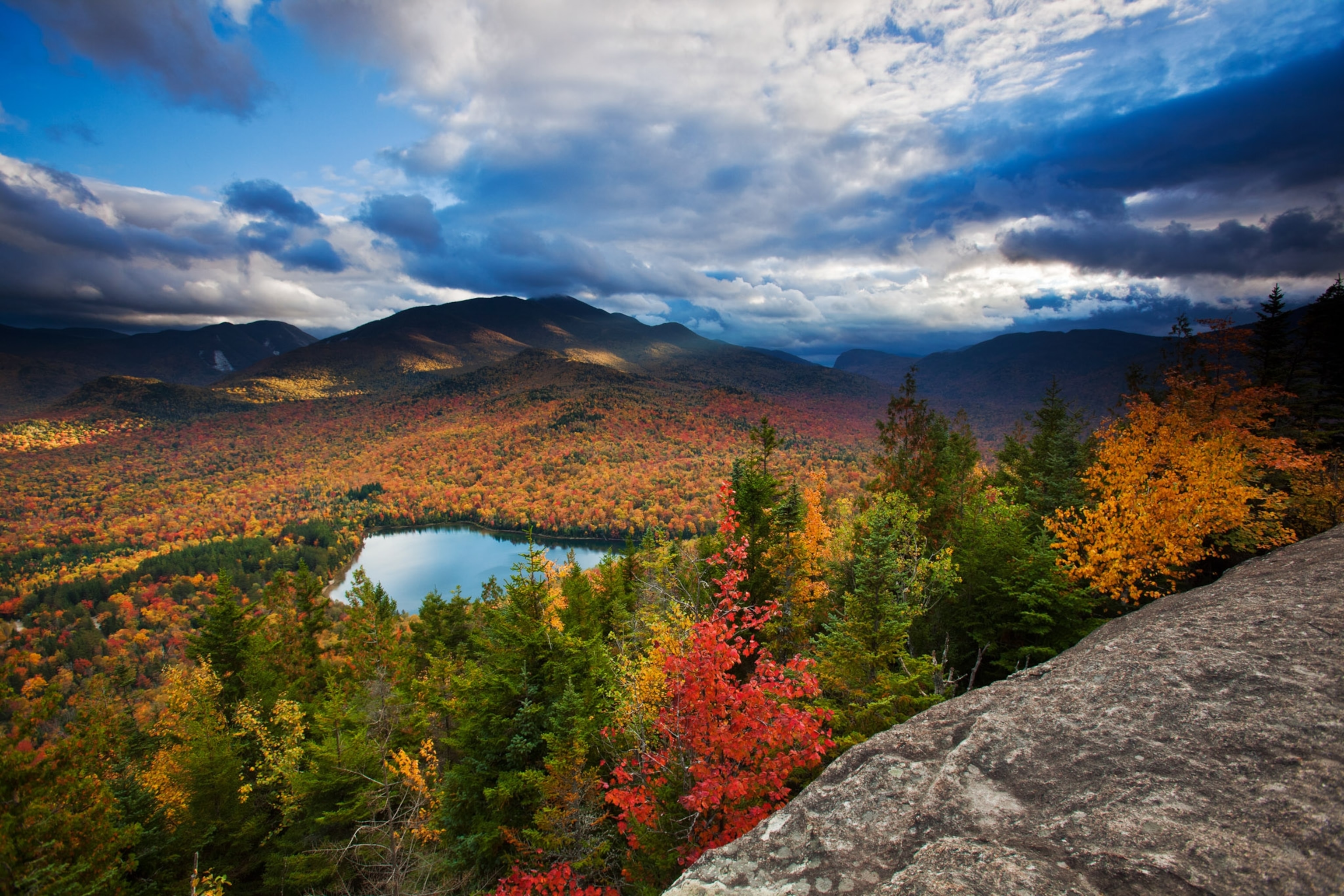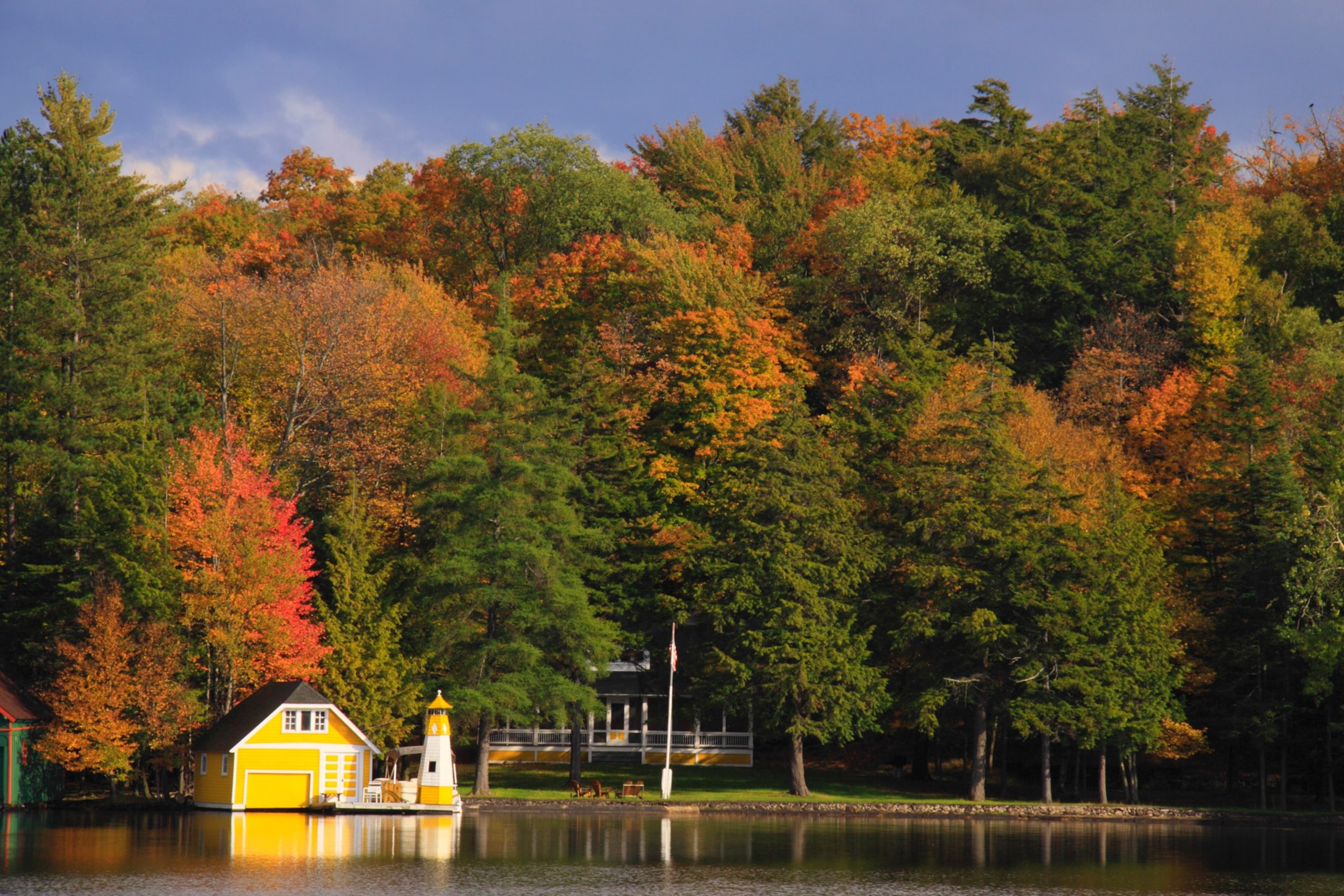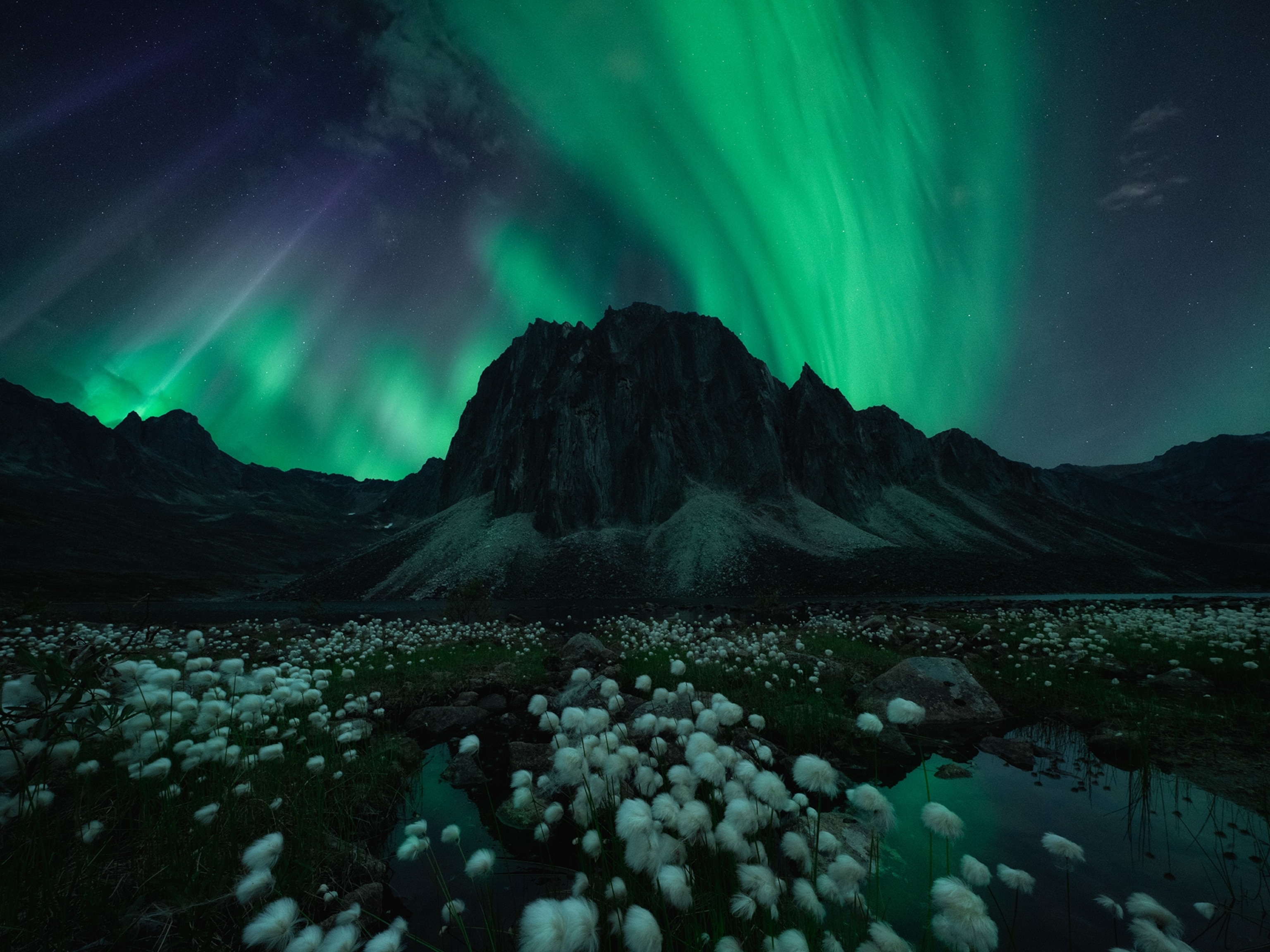
How to see peak foliage in the Adirondacks—without the crowds
The most popular trails in this New York State park are showing signs of ecological distress—but there are plenty of quieter, less trafficked regions worth exploring.
At over six million acres, New York State’s Adirondack Park is the country’s largest contiguous park, resplendent with lakes, mountains, and rivers. While there’s a vast wilderness for tourists and outdoor enthusiasts to explore, the Eastern High Peaks region—home to Lake Placid—is being loved to death, particularly in the fall, when tourism hits its annual peak. A bleak new report found that the High Peaks are showing signs of ecological stress and damage due to the high levels of foot traffic on its popular trails.
“Overcrowding has come in phases over the years, but when I took office in 2017, the High Peaks region had reached a point where mitigation wasn’t even close to dealing with the sheer numbers,” says Joe Pete Wilson, town supervisor in Keene. “The pandemic then pushed the situation from barely manageable to unmanageable.”
The good news is that lessening your impact doesn’t mean forgoing the pleasures of the park altogether. There are plenty of quieter, lesser known sections of the Adirondacks worth exploring, especially in the fall.
Hiking less trafficked paths
True to its name, the High Peaks region encompasses 46 mountains over 4,000 feet. But you don’t have to bag a high peak to enjoy spectacular fall foliage, mountain, and lake views.
One of the best kept secrets in the park is Snowy Mountain in Hamilton County. At 3,899 feet, Snowy falls just shy of High Peak designation, but the reward is just as good. It’s even got an old fire tower on top that affords a 360-degree view.
(Crowded peaks? Not on this little known trail in the Adirondacks.)
There are 25 fire towers throughout the park, many of them well outside the High Peaks. “We’re actually growing them,” laughs RaChelle Martz, aid to the director of economic development and tourism in Hamilton County. She’s referring to the fact that the towns of Long Lake and Speculator each just restored and opened a fire tower.

There are also plenty of trails that don’t require Ironman-level fitness, yet still deliver scenery. Joe Dadey, executive director of the Hamlets To Huts program, specializes in arranging trips to smaller, lesser known stretches of the park. “If you want a hike that isn’t strenuous, visit the Paul Smith’s College Visitor Interpretive Center,” he says. Located in Franklin County, the center is the starting point for 25 miles of scenic trails that traverse marshland, brooks, and bogs.
Don’t overlook the Northville-Lake Placid trail, a 133-mile path celebrating its hundredth anniversary. “It passes through many small towns, and you might not ever see another human,” says Martz. There are lean-tos along the way for overnight stays.
(It’s leaf-peeping season: Avoid the crowds on these scenic drives.)
On the water
The temperatures may have dropped, but you can still kayak and canoe in the fall, and sections of the park outside the High Peaks are rife with rivers and lakes to explore. “You should be mindful that the water is colder and maybe pack a dry bag with extra clothes,” says Dadey. “But it can be a glorious time for paddling.” In the summer, expect water temperatures into the low 70s, while fall sees temperatures sink to the lower 60s in some lakes.
The Moose River Plains passes through the towns of Webb, Lake Pleasant, and Arietta, with more than 65 ponds and lakes and about a hundred miles of streams and rivers, as well. The eight Fulton Chain of Lakes and their adjacent small towns can be a scenic way to begin your Plains exploration.
(You’ve heard of forest bathing. Now try forest therapy.)
Whether you’re seeking mountains, lakes, or simply peace and solitude, the park’s under-the-radar gems serve up fall at its best. “This is a large geographic area with low population,” says Martz. “We don’t get the publicity of other sections, but it’s a beautiful time to be here.”

What to know
•Check in with any lodging or entertainment options before you go—many begin limiting hours after Labor Day and some close for the season after Indigenous People’s (formerly Columbus) Day weekend.
•It’s festival season. From balloons to Oktoberfests, to the “world’s largest garage sale,” there’s a weekend festival for everyone, in every part of the park.
•Bring your bug spray. Just because the temperatures have dropped doesn’t mean the bugs have gone away for the year. When the sun is out, expect the same buzzing nuisances as you would in summer.
•If leaf peeping is your thing, you don’t have to do it on foot or from a car. Options abound from rail to gondola, and even from the air.





